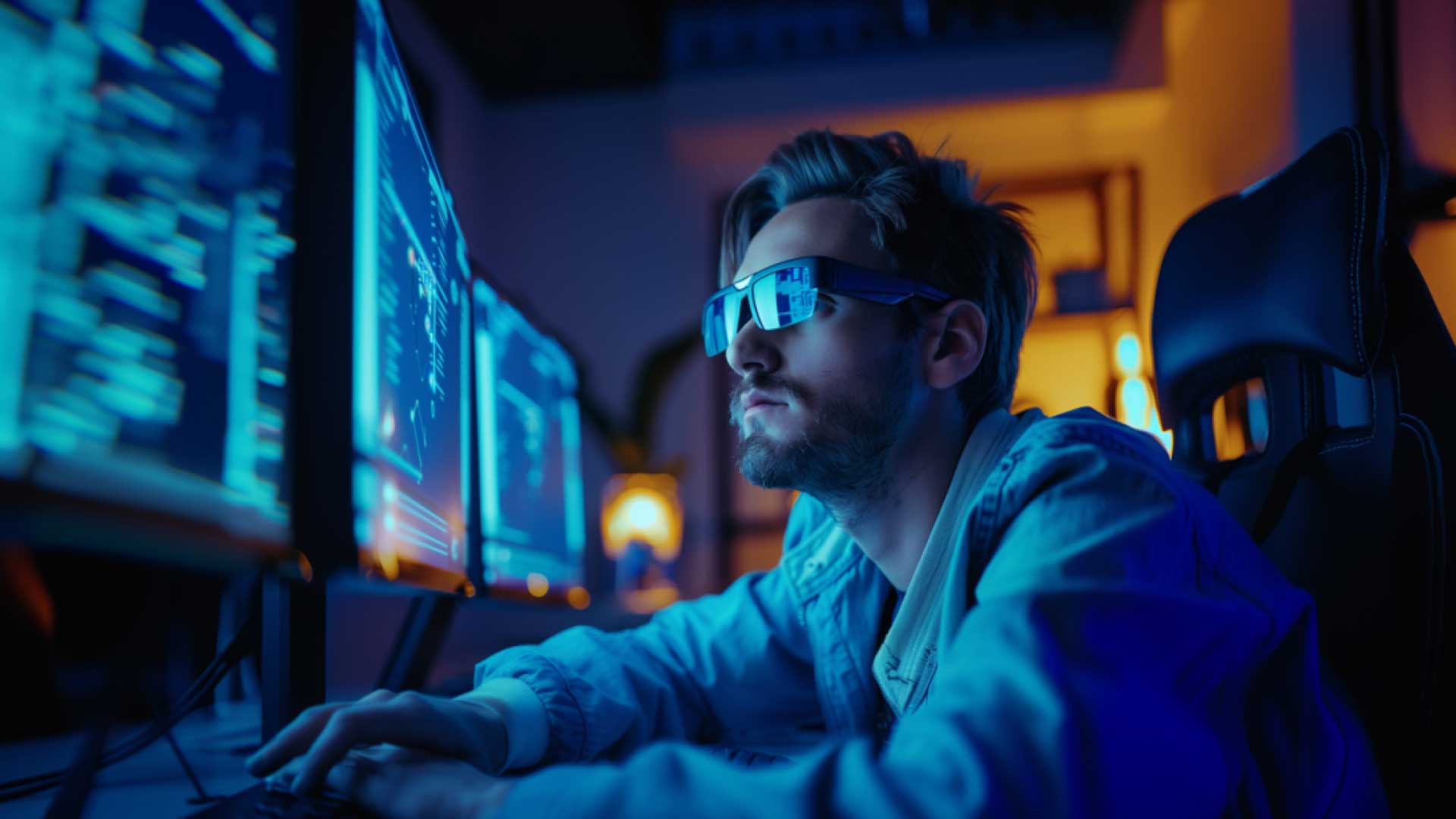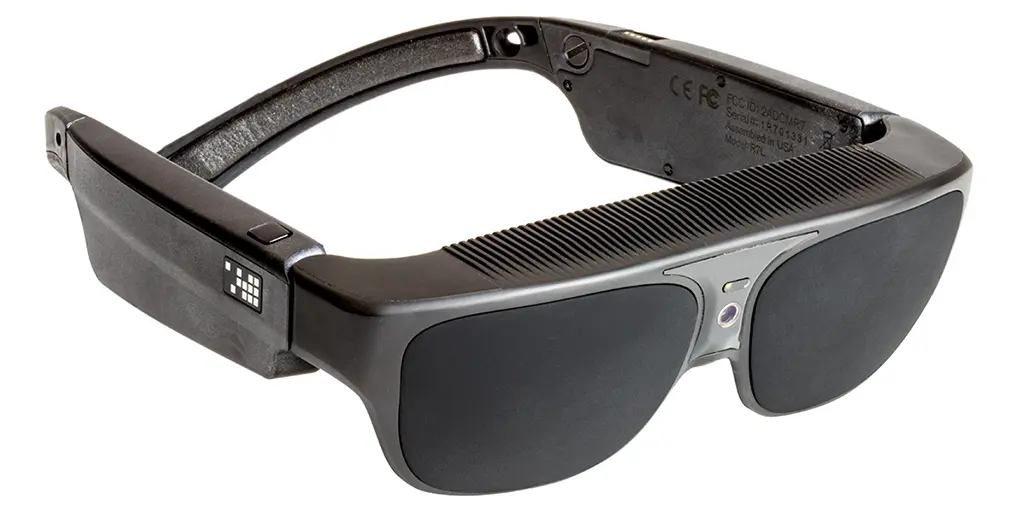Enhancing Ease Of Access Through Assistive Technology for the Blind
The assimilation of assistive technology for the blind represents a crucial advancement in accessibility, basically altering how people navigate their atmospheres and engage with culture. As we explore the diverse types of assistive gadgets and their substantial influences on day-to-day living, it ends up being essential to check out just how recurring technical improvements are improving the landscape of support for the blind area.
Overview of Assistive Technology
Assistive technology refers to a series of devices and software application made to enhance the capacities of people with handicaps, consisting of those who are blind or aesthetically impaired. This modern technology plays an essential duty in advertising independence and enhancing the lifestyle for individuals. By supplying alternative approaches for accessing details and doing everyday jobs, assistive innovation encourages individuals to browse their environments better.
The advancement and application of assistive technology embrace a range of principles targeted at cultivating access. These principles include user-centered layout, which prioritizes the requirements and preferences of the individual, and the assimilation of innovation into day-to-day activities. Such developments make sure that assistive devices are not only functional however also user-friendly and simple to utilize.
Additionally, assistive technology incorporates a varied spectrum of remedies, from low-tech choices like magnifiers to state-of-the-art advancements such as screen readers and Braille displays. The continuous development of this area is driven by the requirement to address the distinct obstacles dealt with by people with aesthetic disabilities (Wearable technology for low vision). As technology continues to advancement, the potential for enhancing ease of access and advertising inclusivity continues to be appealing, inevitably contributing to a much more equitable society

Kinds Of Assistive Gadgets
Various kinds of assistive tools are available to support people who are blind or aesthetically damaged, each developed to attend to particular demands and obstacles. These gadgets can be broadly categorized right into 3 main types: low-tech, mid-tech, and sophisticated options.
Low-tech tools include products such as magnifiers, Braille labels, and responsive maps. These are relatively simple tools that boost the individual's capability to communicate with their setting without needing complicated modern technology.
Mid-tech tools frequently entail advanced functions, such as electronic magnifiers and mobile Braille note-takers. These gadgets can provide functionalities like speech result, enabling customers to access information more effectively.

Influence on Daily Living
The accessibility of numerous assistive devices significantly boosts the lifestyle for people that are blind or visually damaged, impacting their everyday living in od license extensive ways. By integrating innovations such as display visitors, Braille presents, and audio description solutions into their optometrist designation regimens, customers get better freedom and self-reliance. These tools assist in accessibility to info, making it possible for people to perform everyday tasks, such as reading e-mails, browsing public spaces, and delighting in media web content.
Moreover, assistive gadgets equip people to engage even more fully in social communications and neighborhood tasks. The capability to utilize mobile phones equipped with ease of access attributes enables smooth interaction and link with others. This connection cultivates a sense of belonging and reduces sensations of isolation.
In expert settings, assistive technology supports performance by permitting people to full job tasks effectively. Tools like voice recognition software and specialized magnifying tools enable individuals to join the labor force on equivalent ground with their sighted peers.

Innovations in Modern Technology
Recent technical developments have actually considerably changed the landscape of devices available for people that are aesthetically damaged or blind. The assimilation of expert system (AI) and artificial intelligence has actually generated applications that improve navigating and item acknowledgment. For example, smartphone applications can currently make use of AI to determine and explain surroundings in real-time, giving individuals with important contextual information.
Additionally, advancements in haptic innovation have actually brought about the development of clever walking sticks geared up with sensors that detect challenges and provide tactile click for more feedback. This equips customers to browse their atmosphere with raised self-confidence and self-reliance. Innovations in text-to-speech software application and braille display screens have improved the ease of access of digital web content, allowing for seamless communication with different media.
Wearable modern technologies, such as wise glasses, are additionally making strides in aiding visual problems. As innovation proceeds to evolve, the capacity for also more transformative devices remains on the horizon.
Future Trends and Innovations
As modern technology quickly proceeds, the future of assistive devices for people who are blind holds tremendous pledge. Innovations in expert system (AI) and artificial intelligence are positioned to revolutionize the method blind individuals interact with their environments. AI-driven applications are being developed to improve things acknowledgment, permitting users to determine and browse their environments with better ease and accuracy.
In addition, developments in haptic responses modern technology are allowing the creation of responsive maps and navigation aids that offer real-time info with touch. These innovations not only enhance mobility but likewise foster self-reliance. Additionally, wearable gadgets geared up with enhanced truth (AR) attributes are arising, providing users aesthetic info via sound summaries, thus bridging the space between the physical and electronic globes.
Moreover, the combination of wise home innovation presents new opportunities for availability, enabling people to control their living environments through voice commands or smartphone applications. As collaboration between tech developers and the blind area continues, the focus on user-centered style will certainly guarantee that future technologies are tailored to fulfill the one-of-a-kind needs of this population (Wearable technology for low vision). The trajectory of assistive technology assures a much more inclusive and empowering future for people that are blind
Verdict
In conclusion, assistive innovation plays an important duty in enhancing availability for people with visual disabilities. Continuous developments in technology and user-centered layout guarantee that these tools cater successfully to the distinct requirements of the blind community.
The combination of assistive modern technology for the blind stands for a crucial innovation in access, fundamentally changing how individuals browse their settings and engage with society.Assistive technology refers to a variety of gadgets and software program made to boost the capacities of individuals with impairments, consisting of those that are aesthetically damaged or blind. Wearable technology for low vision.As innovation quickly proceeds, the future of assistive tools for people who are blind holds enormous pledge. The trajectory of assistive innovation promises an extra empowering and inclusive future for people that are blind
In verdict, assistive technology plays a critical duty in improving ease of access for individuals with aesthetic impairments.